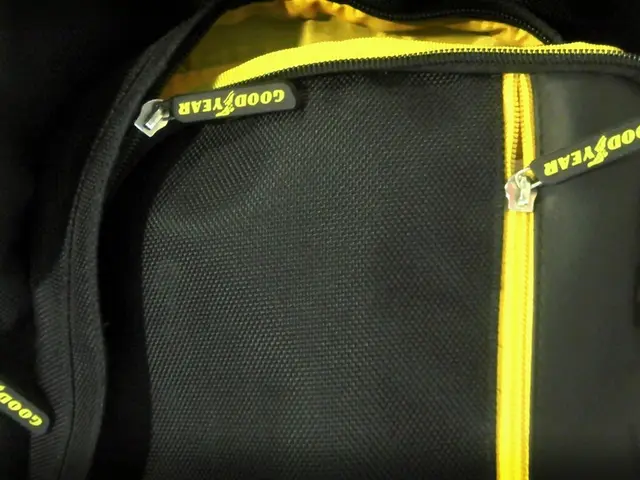QC Initiates School-Based Anti-Bullying Crusade
A Comprehensive Look at the Structure of a Modern News Article
Navigating through the vast array of content on a contemporary news website can sometimes feel like traversing a labyrinth. However, the structure of articles on these platforms follows a systematic and hierarchical organisation, designed for both user-friendly navigation and Search Engine Optimisation (SEO) effectiveness.
In essence, the structure of articles typically flows from broad topics to more specific subtopics, organised under headings such as H1, H2, and H3 for clarity and SEO purposes. Each article is categorised within a tree-like hierarchy of categories and subcategories, enabling easy navigation and logical grouping of related content.
Categories of Articles
When it comes to the categorisation of articles, they should be verifiable, neutral, and defining, representing major, consistent traits of the topic such as nationality or profession. Categories usually have a name and a description explaining the scope and contents to help users understand the grouping. It is recommended to have clear, descriptive names and helpful descriptions of at least 300 words for SEO and user clarity.
For example, a website archiving various articles may organise its content like a tree, starting from broad subjects (e.g., Arts, Science, Technology) down to more specific ones (e.g., Italian Baroque Painters under Arts), and every article is categorised based on defining traits verified from reliable sources to maintain neutrality and accuracy.
The News Article's Layout
A typical news article is divided into several sections, each focusing on a specific area of interest. For instance, a news website may include sections for Politics, Crime/Courts, Public Health, Weather, World, Features, Opinion, Editorial, Columns, Business, Corporate, Economy & Trade, Stocks, Banking & Finance, Energy, Agri & Mining, IT & Telecom, Transport & Tourism, Sports, Basketball, Volleyball, Fightsports, Active, Sports Plus, Esports, Showbiz, TV & Movies, Celebrity Profiles, Music & Concerts, Digital Media, Lifestyle, Cravings, Culture & Media, Beauty & Fashion, Travel and Leisure, Shopping, Young Life, Hospitality, Spotlight, Special Pages, Technology, Gadgets, Computers, Business, Tech Plus, Games, On the Road, Sedan, SUV, Truck, Bike, Accessories, Motoring Plus, Real Estate, Environment and Sustainability, Gallery (Photos, Videos), Pets, and Pop.Life.
However, it is worth noting that not all sections may be present in every article, and the specific sections included can vary depending on the focus of the article. For instance, an article about the latest advancements in renewable energy technology might not have a section for Sports or Fightsports, while an article about the latest trends in the fashion industry might omit sections like Agri & Mining or IT & Telecom.
In conclusion, the structure of articles on a news website is designed to facilitate easy navigation and understanding of content for both users and search engines. By following a hierarchical organisation, logical grouping of related content, and clear categorisation based on defining traits, news articles are organised in a manner that enhances the overall user experience and SEO effectiveness.




